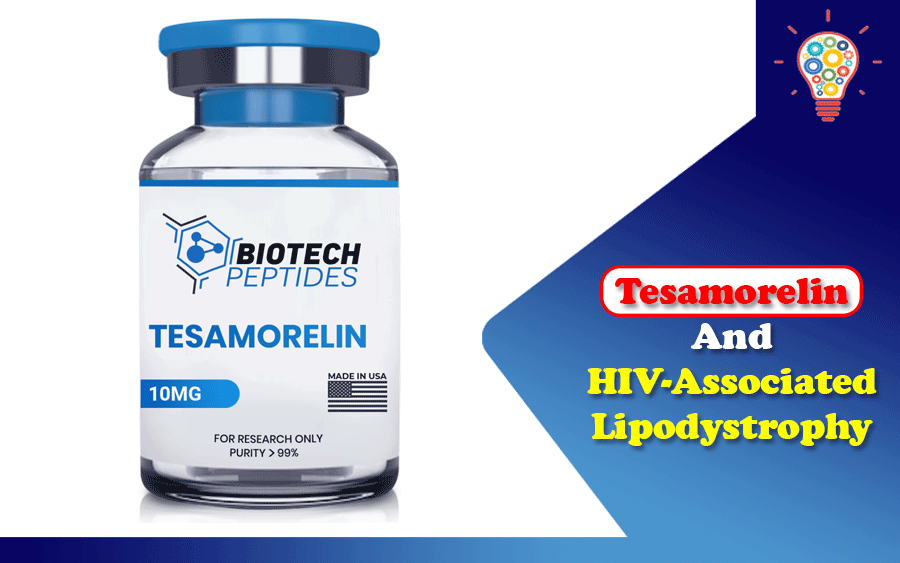To treat HIV-associated lipodystrophy, the FDA has authorized the use of the GHRH analog Tesamorelin. The growth hormone (GH) levels in Tesamorelin may increase lean body mass, strengthen bone, burn fat, and even boost immunological function. In the therapeutic environment, tesamorelin’s fat-burning characteristics are of the utmost importance. Tesamorelin is also being studied as a therapy for moderate cognitive impairment because of its potential to promote peripheral nerve regeneration (MCI). Since 2010, Tesamorelin has been used in clinical trials. Tesamorelin is one of the cheapest GHRH mimics because of its extended manufacturing history and relatively easy production properties.
Steps in the Process of Decontamination Calculate the cost of Tesamorelin.
The purification and lyophilization phases of the process, not the peptide synthesis itself, are where most of the expense of peptide production is incurred. Producing more extensive peptides like tesamorelin used to be prohibitively expensive. However, the cost of producing numerous peptides has decreased significantly due to developments in scale synthesis. Peptides like tesamorelin, which need some degree of alteration from their “regular” or standard counterpart, are especially susceptible to this phenomenon. The cost of tesamorelin has decreased dramatically over the years as production procedures have improved. In order to make Tesamorelin, purification is now the most expensive stage. However, this is mainly because the cost of other procedures has been much lowered. Buy Tesamorelin peptide if you are a researcher.
Efficacy and Mechanism of Tesamorelin
Tesamorelin, being a GHRH analog, has comparable effects to growth hormone. Tesamorelin is just GHRH with an extra trans-3-hexanoic acid added to it. The peptide is more stable in the human plasma due to this modification. Tesamorelin has a longer half-life than many other GHRH analogs, making it more inexpensive and straightforward.
An almost bioidentical GHRH analog, Tesamorelin binds to the GHRH receptor in the anterior pituitary and increases growth hormone release. Increases in IGF-1 and other growth factors contribute to increased muscle mass, decreased fat mass, greater bone strength, and higher immunity due to these changes. As far as we know, tesamorelin has just a few adverse effects and doesn’t interfere with the body’s natural secretion of growth hormone.
Lipodystrophy and Tesamorelin
Tesamorelin is primarily used to treat lipodystrophy associated with HIV. It is particularly efficient in promoting adipose tissue thermogenesis while raising basal metabolism and altering metabolic pathways in favor of muscle development due to its GHRH properties. Tesamorelin is a fat burner and muscle builder. Tesamorelin is four times more effective at burning fat than any other FDA-approved anti-obesity medication for subjects with abnormal fat deposition in HIV and other chronic conditions.
Tesamorelin has recently been shown to alter the quality of fat tissue, even if it does not diminish the overall amount of fat tissue in the body. Tesamorelin has been shown to increase the density of existing fat deposits. Denser fat depositions are more efficient, resulting in less dispersed fat in muscles and subcutaneous tissues, which may appear paradoxical. Therefore, the quality of fat in the body is altered by tesamorelin even when it does not lower total fat levels. This alteration seems to be caused by moving fat away from the muscle and into existing fat deposits.

